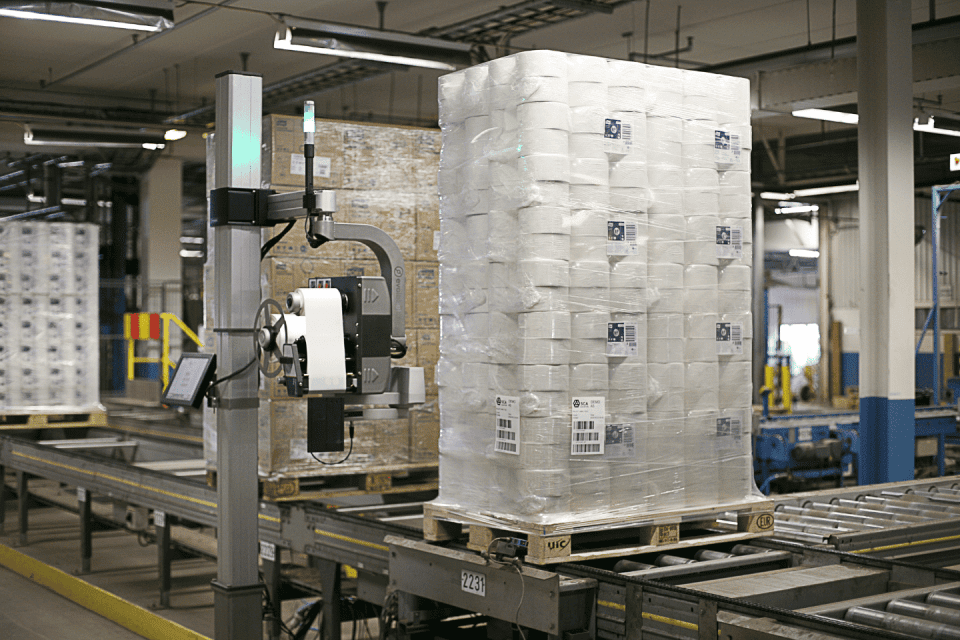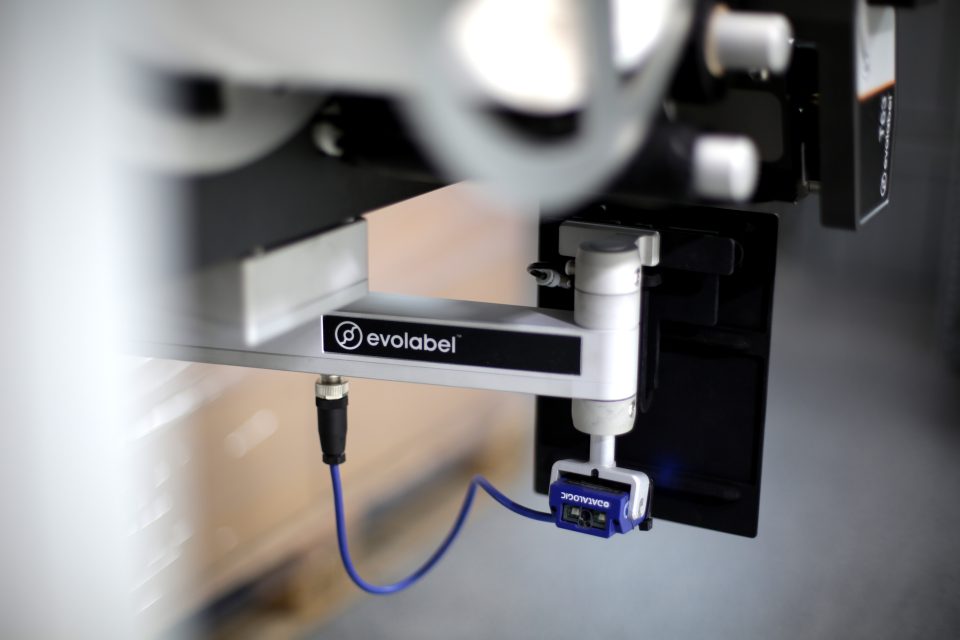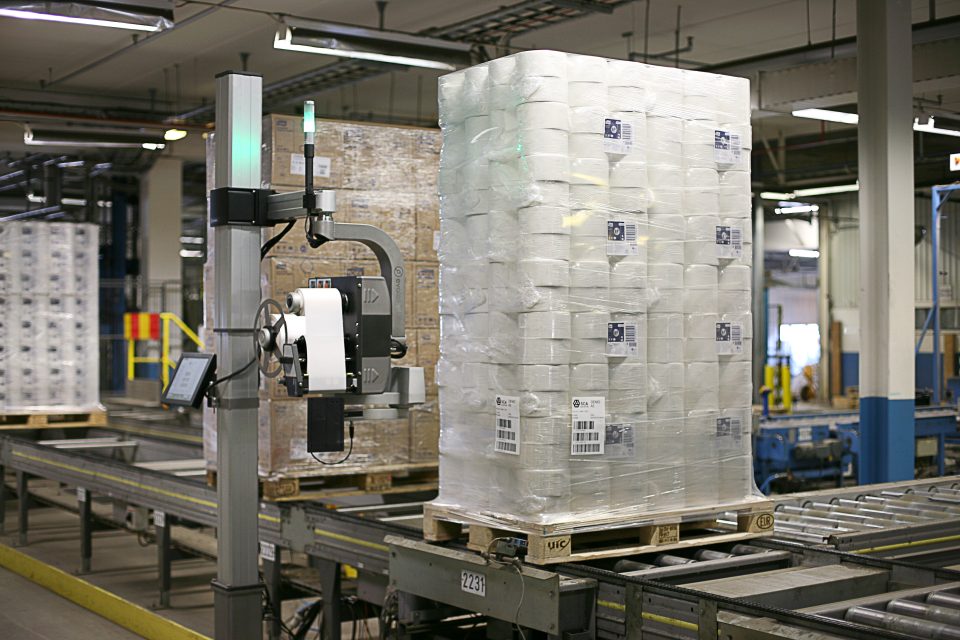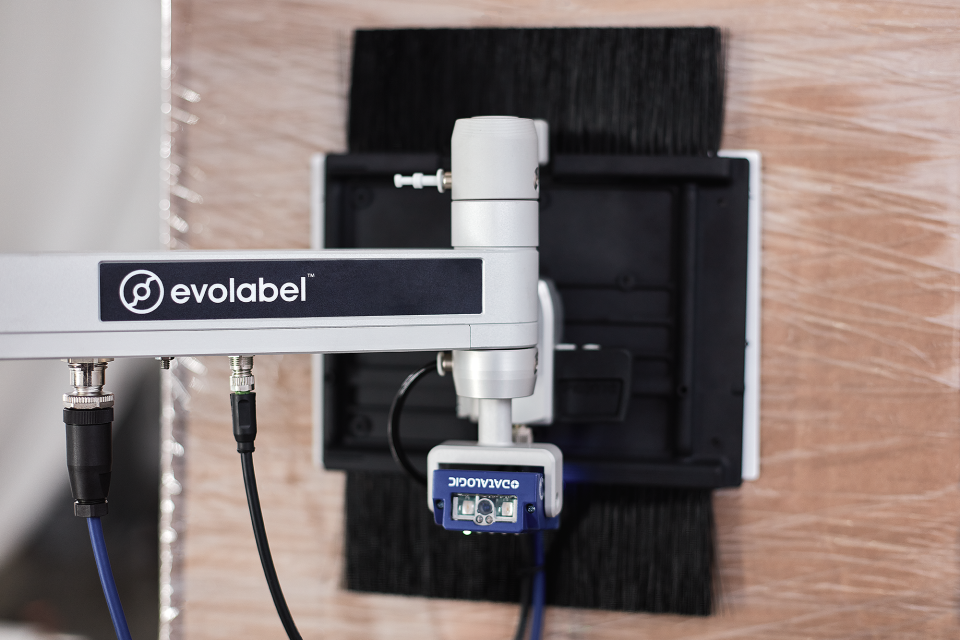 Labelling serves as a method of communication between manufacturers, regulators, and consumers. It promotes efficient business operations, ensures that products are used safely and correctly, supports regulatory compliance and more.
Labelling serves as a method of communication between manufacturers, regulators, and consumers. It promotes efficient business operations, ensures that products are used safely and correctly, supports regulatory compliance and more.
The essential information that labels provide makes them a critical tool for any business – but applying them manually can be a slow and laborious process. Inconsistencies in placement or print quality can affect readability, brand perception and customer satisfaction, and it can be difficult to scale and manage high volumes.
The causes and costs of inaccurate labelling
Mistakes occur more frequently when labelling is carried out manually, in fact, operator error is the leading cause of labelling errors. Issues such as incorrect data entry or illegible handwriting compromise label accuracy and poor labelling selection whilst placement impacts a label’s functionality and longevity. If a label is mistakenly placed on the bottom of a box, for instance, it’s more likely to get wet or damaged and be unreadable. Where older labelling systems are in use, these can struggle to integrate with modern data sources and this lack of real-time data updates exacerbates errors and inefficiencies.
The cost of these inaccuracies can quickly add up. Additional time spent correcting mistakes increases labour costs and reduces overall productivity, not to mention the cost of new labels and replacement packaging. Incorrect labelling can also result in product returns and customer dissatisfaction, potentially leading to a loss of trust in the brand and, ultimately, fewer sales. There are potential legal and regulatory costs too – industry bodies may impose fines for lack of compliance, and product recalls in the food industry (often caused by labelling errors) can cost companies dearly.
How to reduce incorrect labelling
Print and apply labelling systems remove many of the opportunities for human error by printing labels on-demand. The systems integrate with existing workflows, connecting with inventory management software, databases and ERP systems to receive relevant information for each label in real-time. This allows labels to incorporate variable data such as batch numbers, expiry dates and barcodes. Once printed, they are automatically applied to products or packaging so placement is accurate and consistent.
The benefits of print and apply labelling
Print and apply labelling systems don’t only work to reduce errors. They also bring benefits including:
- Increased productivity
- Reduced downtime caused by errors
- Greater scalability and flexibility
- Improved morale
- Reduced costs
- Less wastage
- Improved brand image
Choosing the right print and apply system
It’s important to ensure any labelling system meets your requirements so you can fully realise the benefits. Think about:
- Label volume: high-volume operations will need a more robust, industrial-type machine, whilst smaller production lines may find a desktop printer perfectly acceptable. Think also about the type of printer and the labels it can produce:
- Thermal printers are known to produce clear and durable labels
- Inkjet printers are ideal for creating vibrant, full-colour labels
- Laser printers are fast and versatile
- Barcode printers consistently create high-quality, scannable barcodes
- Product type: What types of products will be labelled? Some machines may handle specific shapes, sizes, and materials better than others.
- Integration: This is crucial for seamless operations; the system should easily connect with any existing inventory management, ERP and other relevant software.
- Budget: Consider both current and future plans. You want to choose a system that works financially but also offers the flexibility to scale up or down and accommodate different products.
- Ease of use: Systems that are easy to operate will save time on training and minimise downtime whilst workers learn the new processes.
- Maintenance and support: Check the system’s reliability and availability of technical support. Good customer service can help to get operations back up and running quickly in the event of a breakdown.
For more information on print and apply labelling systems and how they can benefit your business, contact us.
Email Our Team
* Please complete all fields



